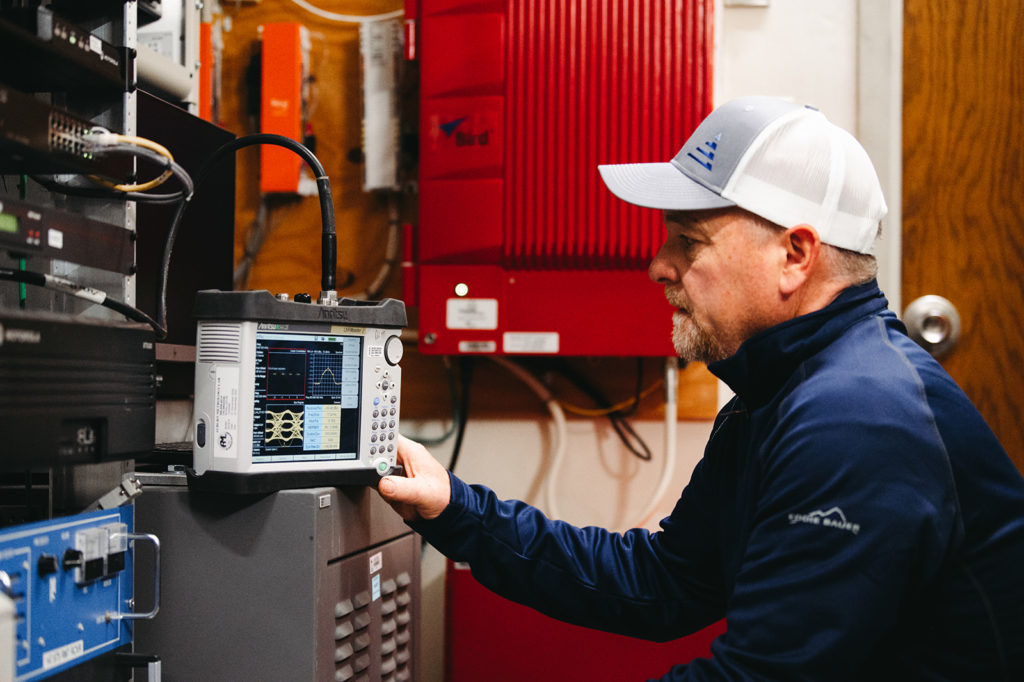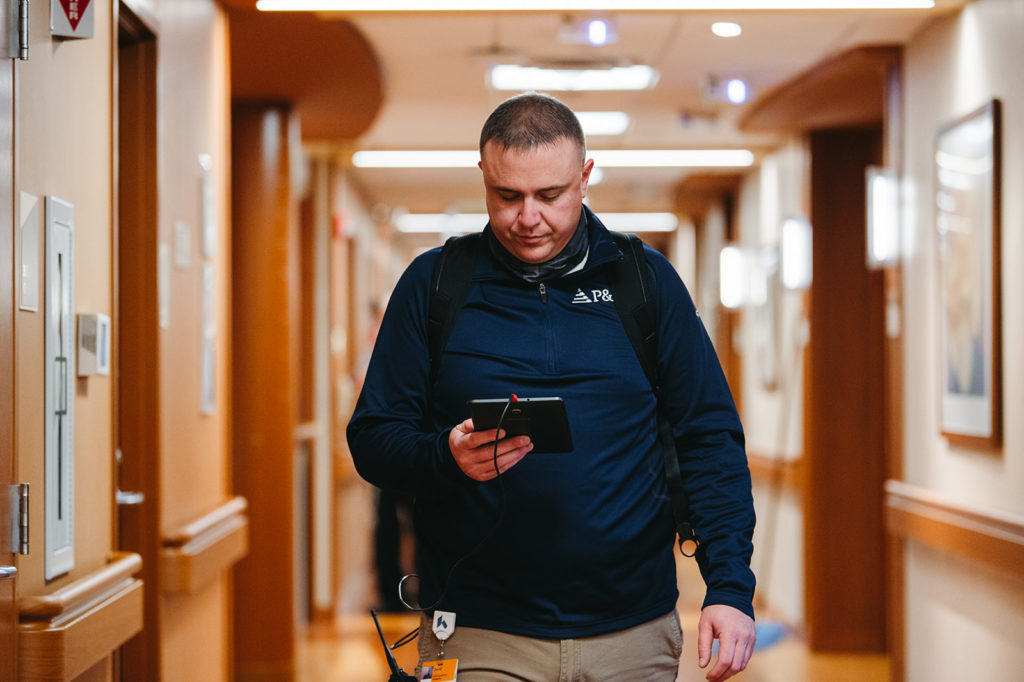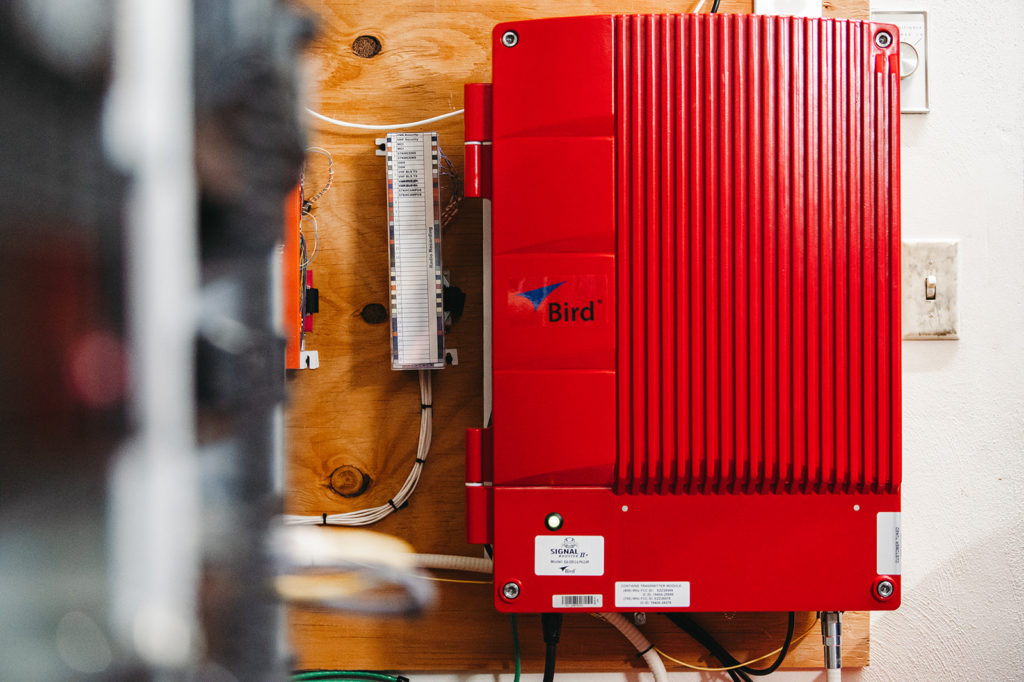HOW A BDA ENHANCES IN-BUILDING RADIO FREQUENCIES



What is a BDA?
Bi-Directional Amplifiers (BDAs) are signal boosters that sustain wireless communications throughout a facility. BDA’s enhance in-building radio frequency (RF) signals for public safety radios and/or celluar devices. Reliable communication is critical in an emergency situation. First responders must be able to receive clear, instant communications when it counts. As per state mandates, these systems provide buildings with a reliable signal for First Responders for the safety of your building and occupants.
How does a BDA work?
Most all large buildings and structures block radio signals. Variables that offer challenges include building materials, tunnels, obstructed areas and dead spots. When signal interference happens, radio coverage is impaired. This becomes a hazard for the public safety personnel that may need to enter your facility. The solution is a BDA/DAS network. These networks enhance your in-building coverage for two-way radio and cellular carriers. The BDA brings the signal into the building and then the DAS (Distributed Antenna System) disperses the signal through the building or facility.
BDAs pick up signals from outside as well as signals from within the building and amplifies these signals in both directions thus improving overall communications. These signals are distributed to multiple antennas within the building to cover areas with poor coverage. BDA’s are customized and are dependent on the size of the building and the amount of signal available from the outside. Solutions are available to provide coverage in multiple buildings by using fiber optic cables for connecting the buildings. These systems are designed to meet local fire and building code requirements and the status can be monitored by interfacing alarms to any existing fire alarm system in the building.
Ohio Emergency Responder Radio Coverage (ERRC)
As stated on the ohio.gov website (https://com.ohio.gov/divisions-and-programs/state-fire-marshal/code-enforcement/technical-bulletins-and-advisory-documents/emergency-responder-radio-coverage) ERRCs for the state of Ohio must maintain an active signal 95% of the time and comply with all FCC codes and include annual maintenance evaluations.
Who needs a BDA?
Any building requiring public safety permits that is identified and inspected under local ordinances may need a BDA system. This includes government buildings, school campuses, sports arenas, tunnels/mining operations, public venues, distribution centers, hospitals, high-rise buildings, office complexes, warehouses and more. Basically any place where first responders, maintenance workers and security personnel need to maintain constant communications and BDA system will need to be used.
What is heat mapping?
The best way to see if your current facility needs a BDA is to have a Heat Map Analysis done throughout your building. A heat map is a visual representation of complicated or voluminous data. In the case of radio and cellular coverage, results from the heat map could show insufficient coverage throughout your facility. At this point, you will need to find a solution to mitigate these shortcomings of that signal in your building by having a BDA/DAS installed.
Does your facility meet Ohios BDA requirements?
All new building construction and all existing buildings in the state of Ohio must comply with minimum strength standards as set by the AHJ (authority having jurisdiction).
P&R’s expertise in radio communication, combined with the fact that we maintain many of the public safety radio systems in this area, uniquely positions us to provide you with a solution that works with first responders. If these systems are not engineered and installed correctly, interference with local first responders can occur, compromising their radio systems and everyone’s safety.
P&R can conduct a study to see if your building will need a BDA system. If the building does require it, we will work with you to design and install a reliable system. We will also collaborate with the local fire marshal and AHJ (authority having jurisdiction) to ensure compliance and assist with building occupancy. Once the system is up and running, we have your back with options to maintain the system, including required annual certification.
P&R offers the most flexible line of signal boosters, including 800/900, UHF, VHF and fiber optic RF distribution. Let us provide you with the highest level of customer service and product reliability, system design and application expertise.
Contact P&R today at 937-512-8100, info@pandrcommunications.com or via the website pandrcommunications.com.